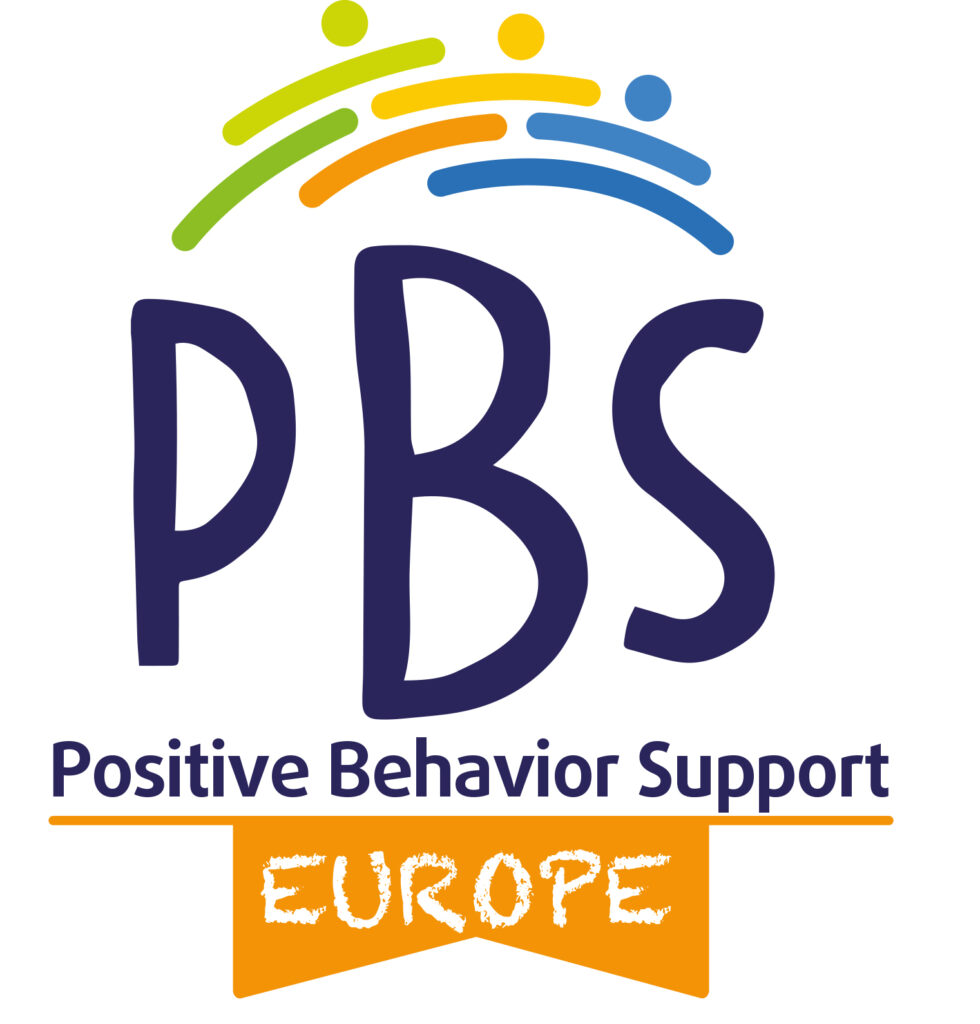Authors: Anne Karhu, Mika Paananen, Hannu Savolainen, Henrik Husberg & Vesa Närhi
This article provides an overview of the principles of behavioural support based on the psychology of learning. Its focus is on a description of how to ascertain the effects of support measures that have been provided. The article is a narrative literature review, where the premise for the literature chosen for inclusion is the authors’ own experiences and expertise, rather than the aim being to provide a comprehensive review of published literature.
The thrust of the article is that behaviours can be understood as sets of skills that can be taught and learnt through repetition. Behaviours are influenced by environmental factors that precede and succeed them. We can support behaviour by influencing these antecedents and consequences which, in practice means that adults apply clear, preventive and systematic ways of acting and of teaching behaviour, and give immediate, positive feedback. Behavioural support, which is described as implementable and effective, can be applied at a unit-wide level (e.g. a school, a daycare centre), at the group-level (e.g. in a specific class) or on the individual level.
The authors describe the response to intervention model, according to which the support offered should be evaluated to determine its effectiveness and to inform decision-making on whether to continue, terminate, or to intensify it. The authors note that it is advisable to apply the same principles as those applied in research when carrying out this evaluation. This entails collecting information about the behaviour prior to introducing the support measures (the so-called “baseline” phase), as well as during the support-period (the intervention phase). The results of these are compared to determine whether there are any differences. In research, this is referred to as experimental case studies with an A-B design (A referring to baseline period and B to the support period).
Collecting, compiling and analysing information is often difficult to do in practice and requires a systematic approach. The article presents a two-dimensional diagram of ways in which information can be collected. On the other hand, there is the delay between the behaviour occurring and it being recorded and, on the other the degree of interpretation required in recording the behaviour. On these dimensions, interviews constitute a method that usually requires a high degree of interpretation and one that has a long delay between the behaviour and it being recorded. In contrast, systematic direct observation, where the observable behaviour is narrowly defined and observations are recorded in the moment, is a method with a short delay and a low degree of interpretation. Systematic direct observation though, is challenging and time-consuming to implement. The authors present direct behaviour rating as a compromise between these two. Direct behaviour rating is an umbrella term used to denote various structured tools enabling swift and objective information about behaviour to be recorded.
Finally, the authors discuss the spectrum of methods of analysis for analysing behavioural data. These span from visually analysing it, to compiling it into graphs, to applying various statistical analyses to determine the effects of behavioural support.
In their concluding reflection, the authors note that there is sufficient research to suggest that direct behaviour rating could be a suitable option for staff in schools and early childhood education to collect information on the effect of behavioural support, but that it requires sufficient skills in concretely defining observable behaviour. For researchers, systematic direct observation is recommended as a reliable way of collecting behavioural data, if sufficient resources are available.
Regarding analysis, the authors conclude that visual analysis is the primary tool for practitioners in the field, as it is both quick and quite easy to learn. Researchers are increasingly aware that experimental case studies, when carefully planned, provide valuable insights into the effectiveness of individual support measures, particularly in special education.
The article can be read in its entirety (in Finnish) here:
Karhu, A., Paananen, M., Savolainen, H., Husberg, H., & Närhi, V. (2025). Käyttäytymisen tuen vaikuttavuuden arviointi tukivastemallin mukaisesti toteutuvassa tuessa. Psykologia, 60(1-2). https://doi.org/10.62443/psykologia.v60i1-2.143936


